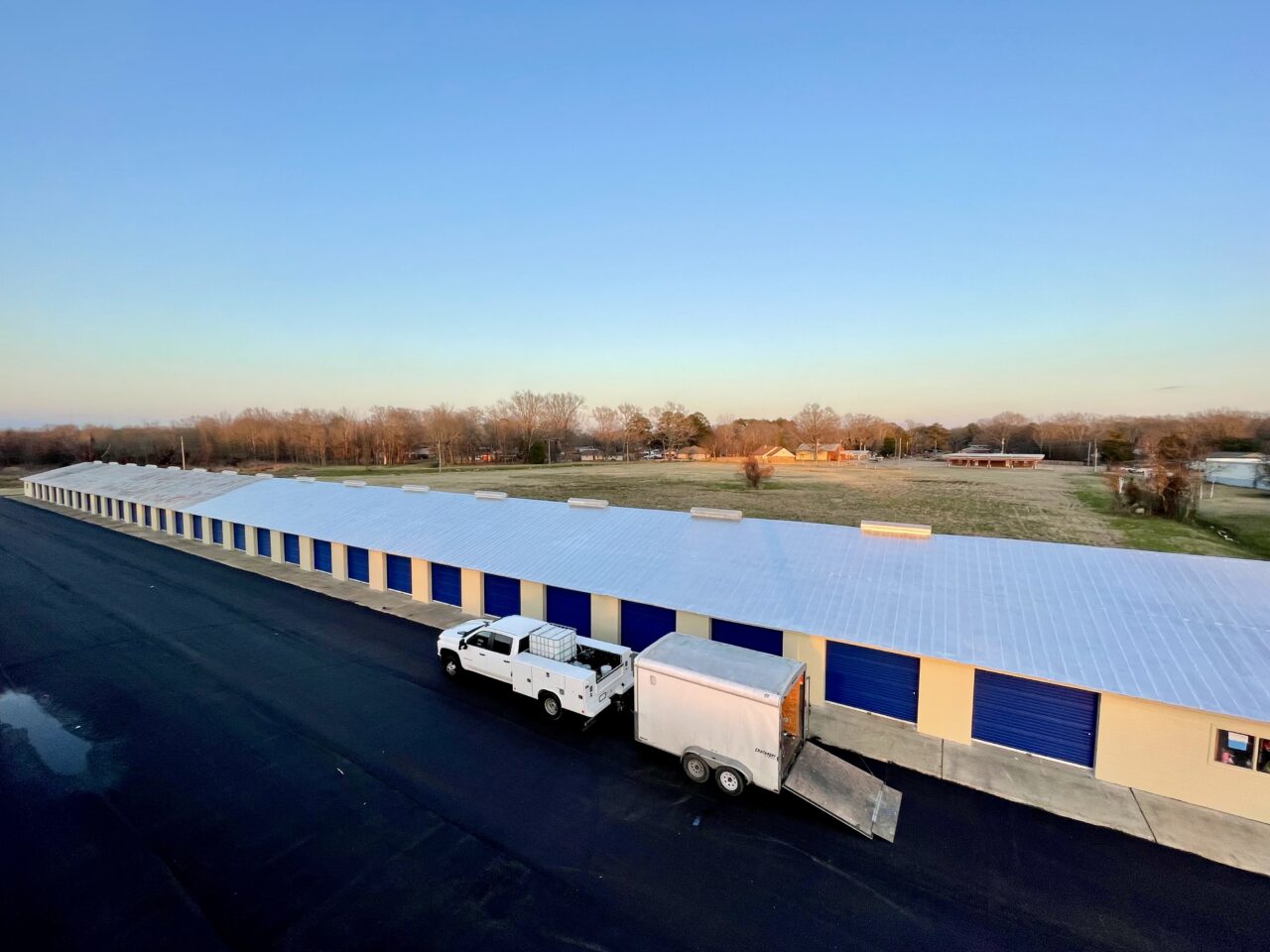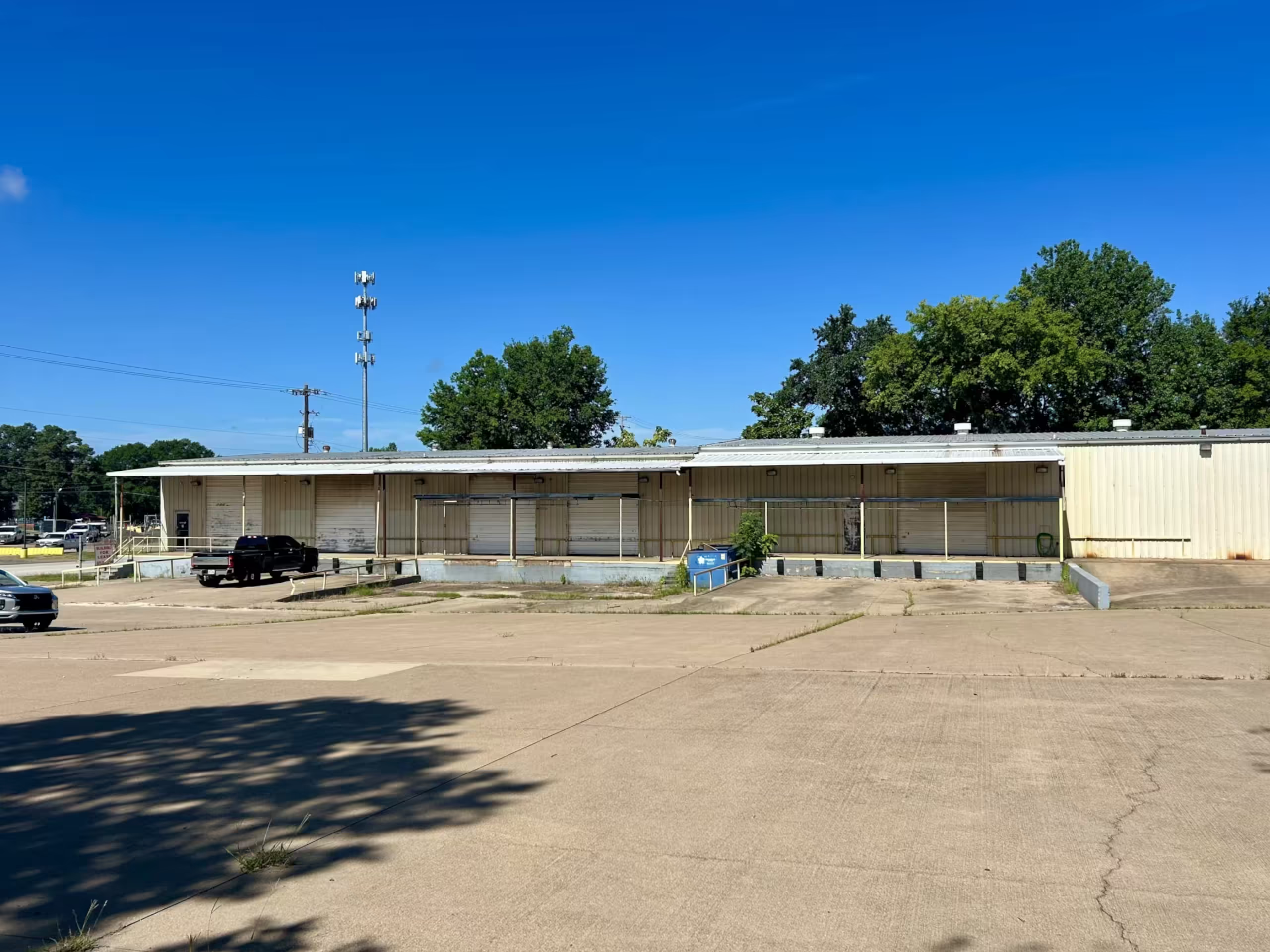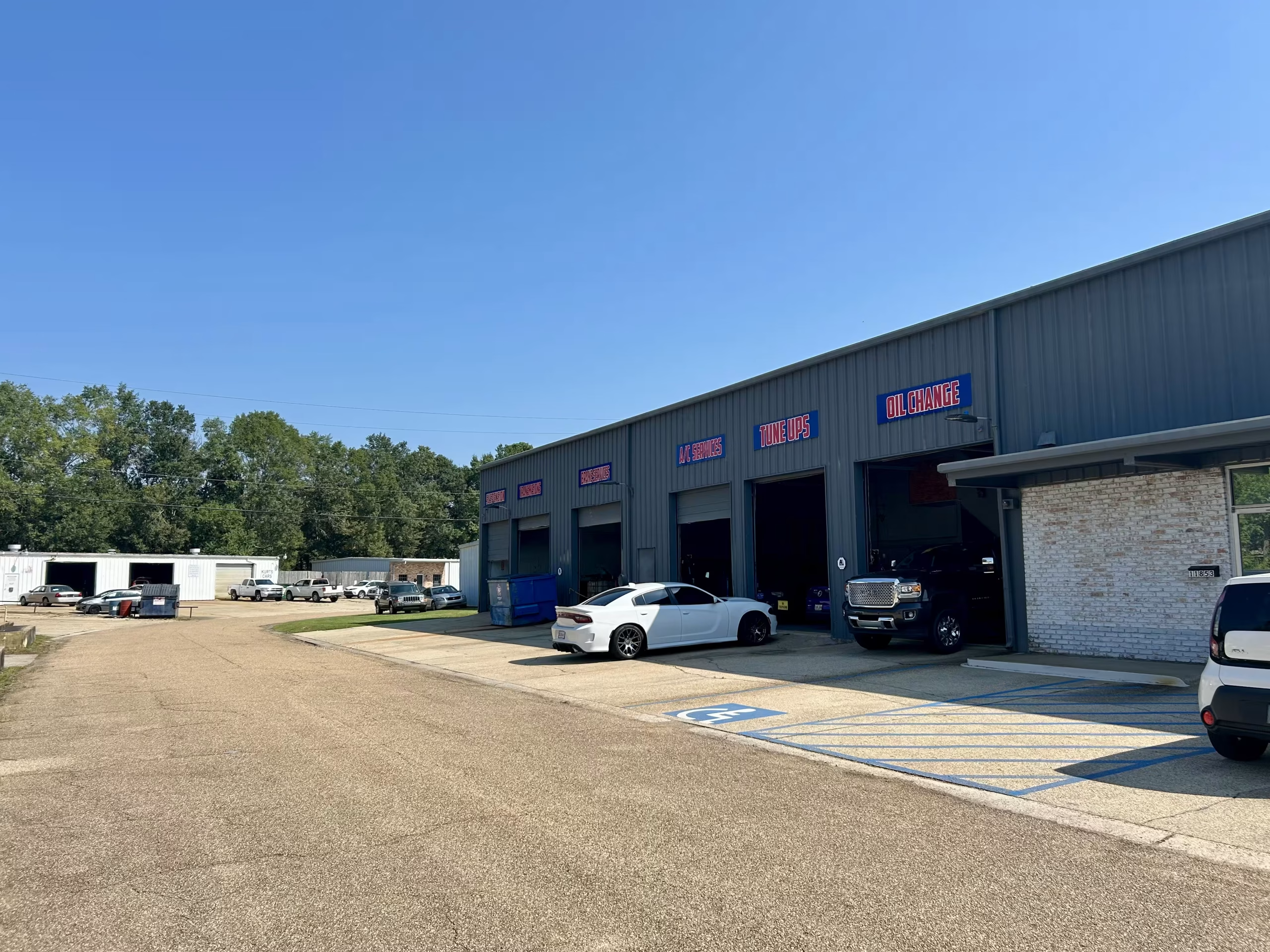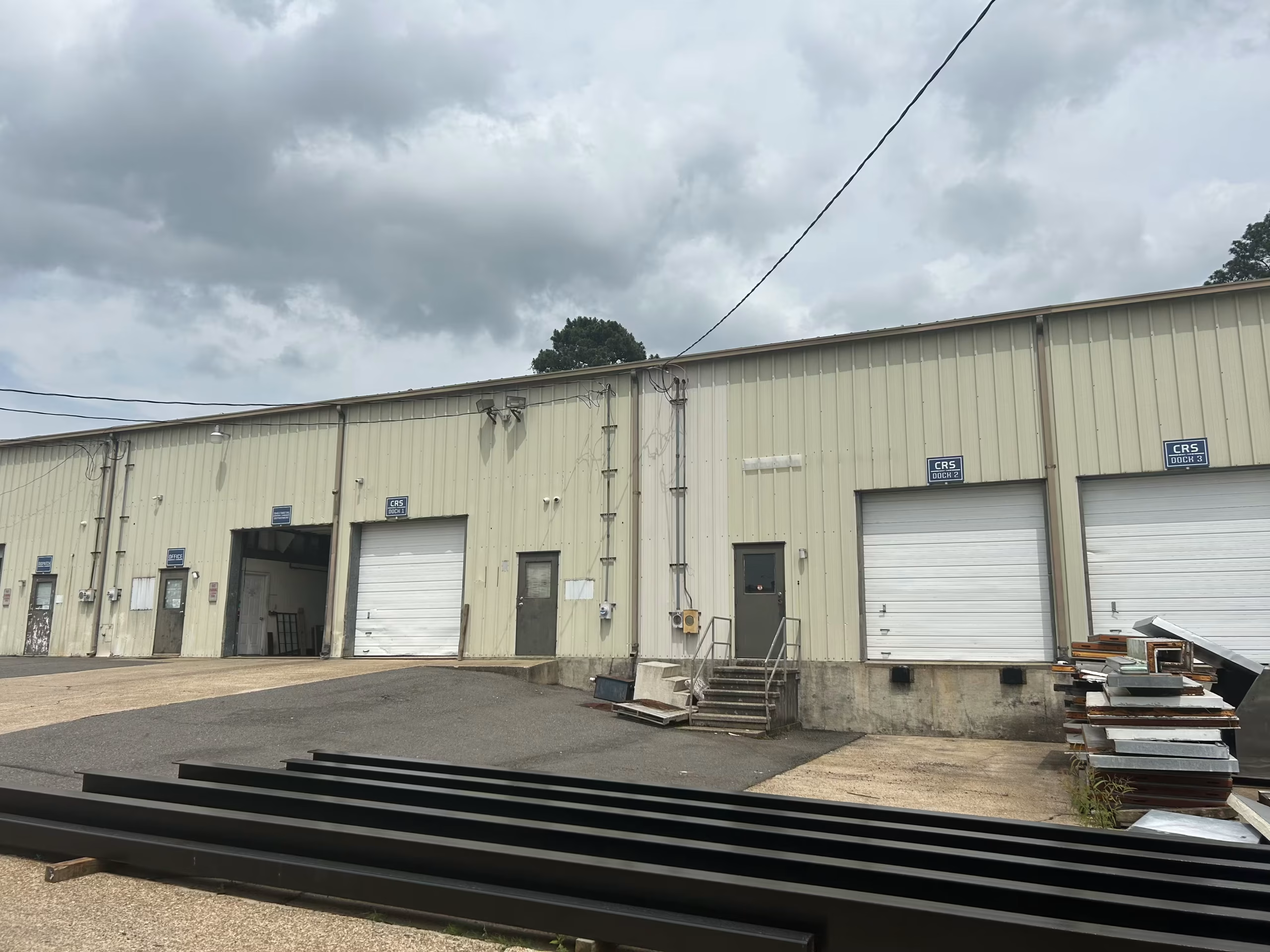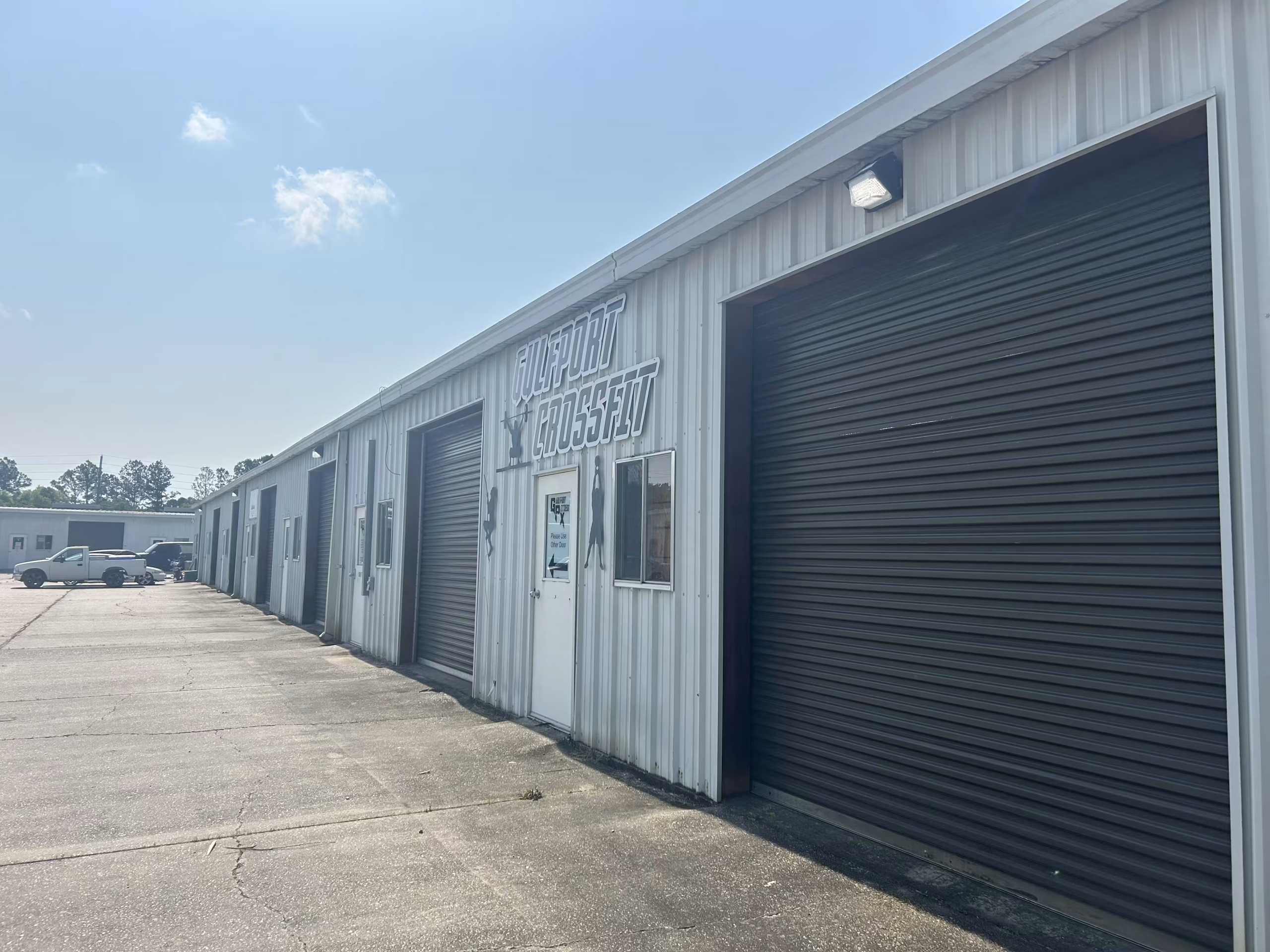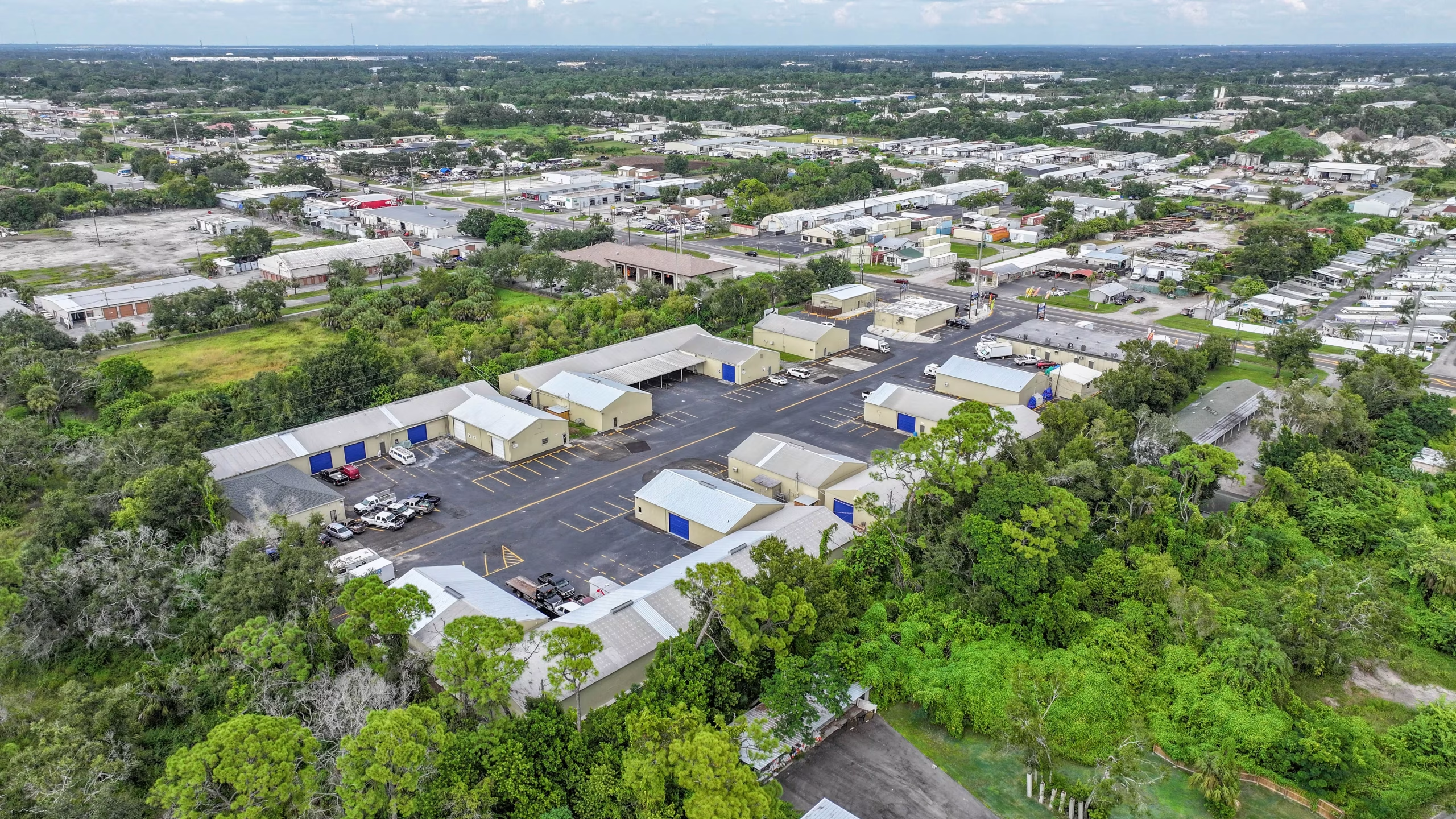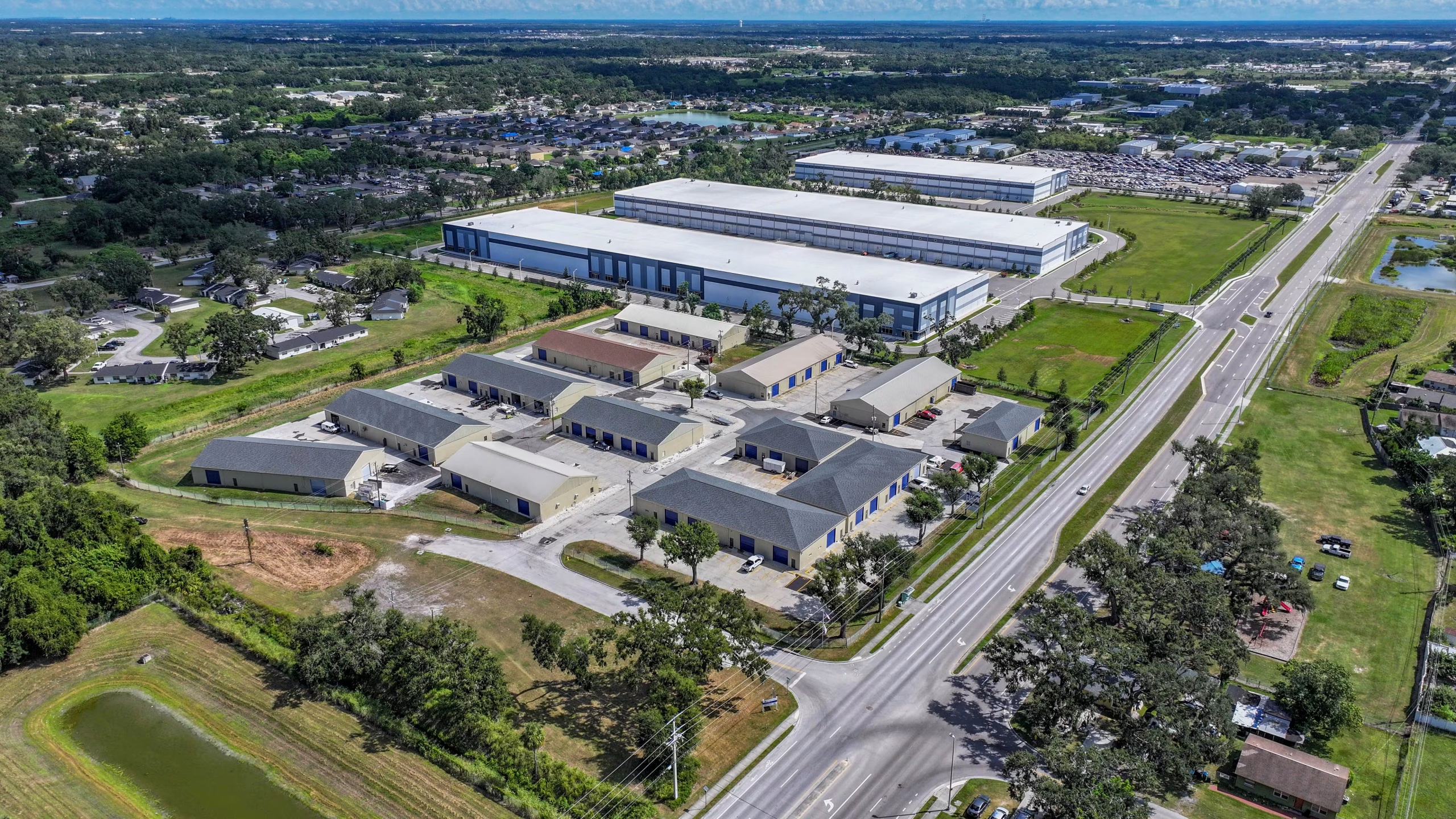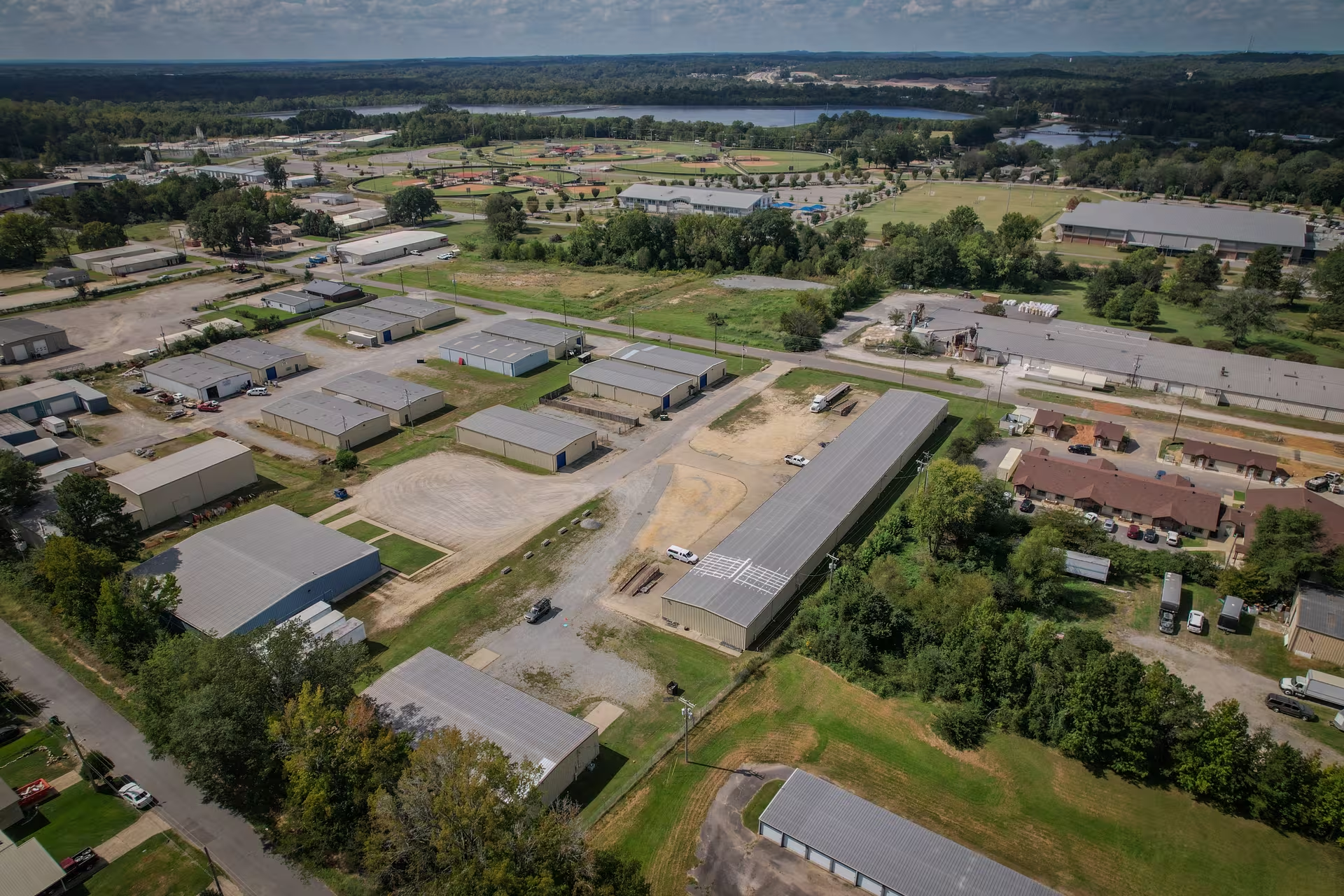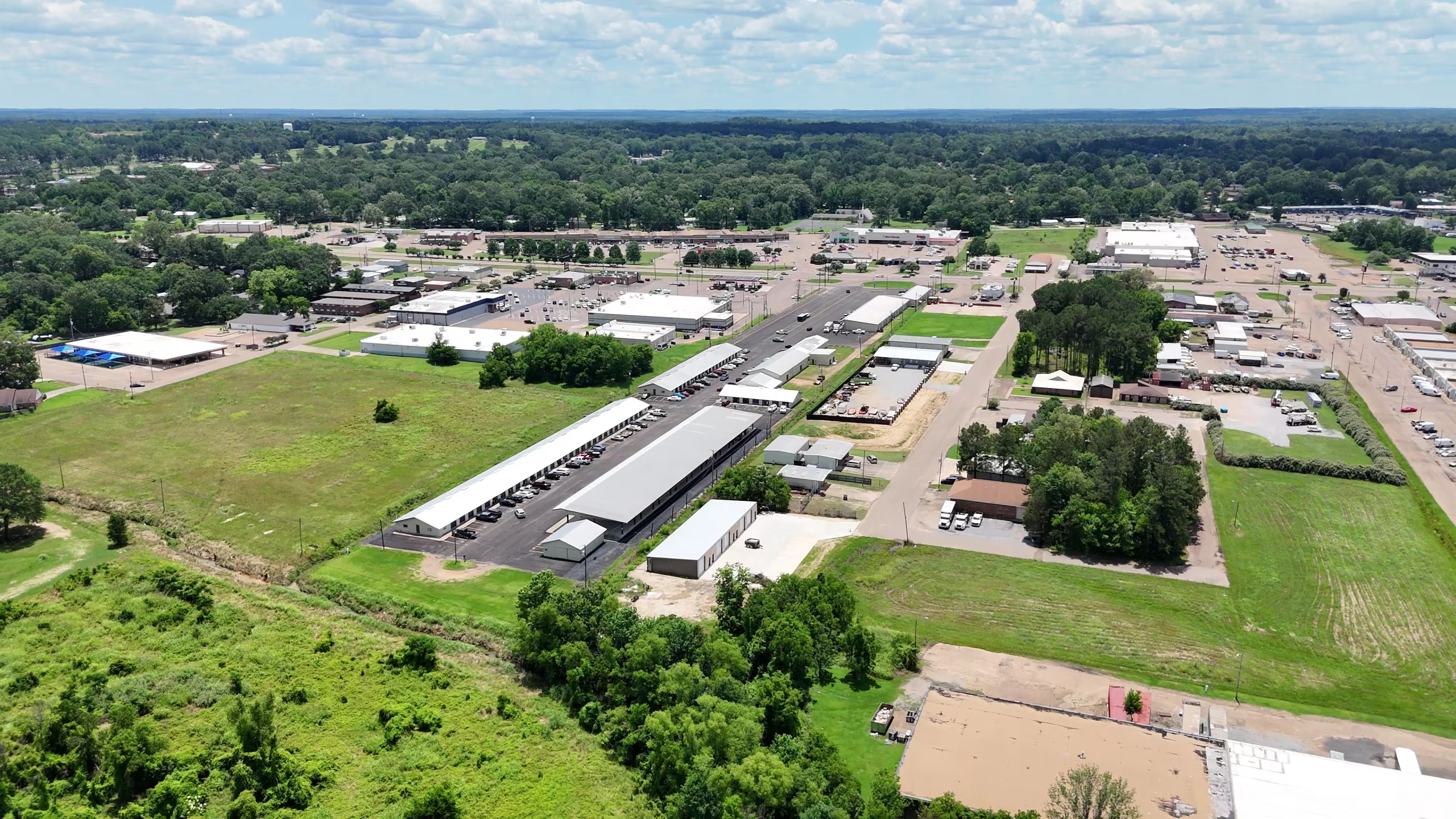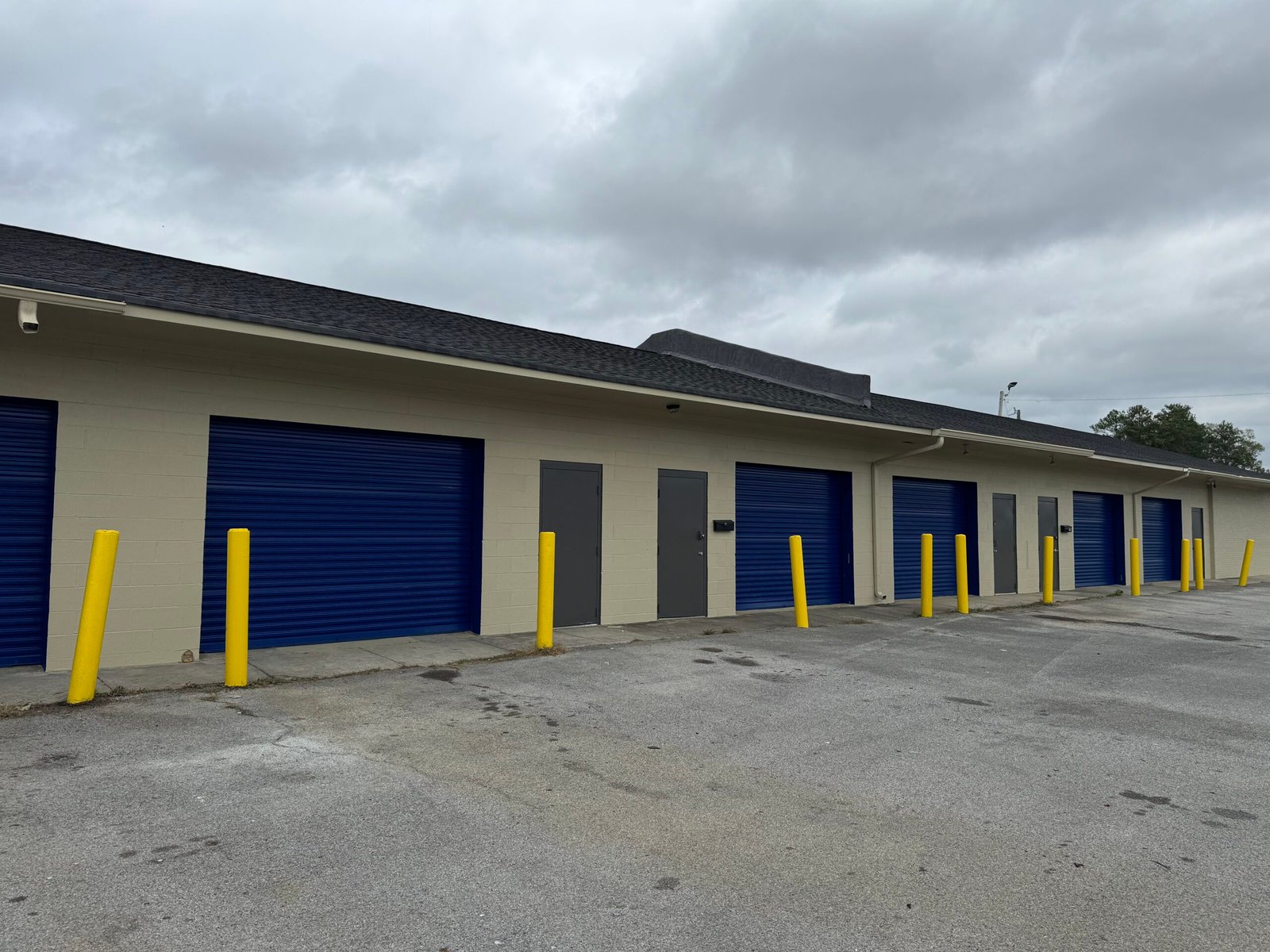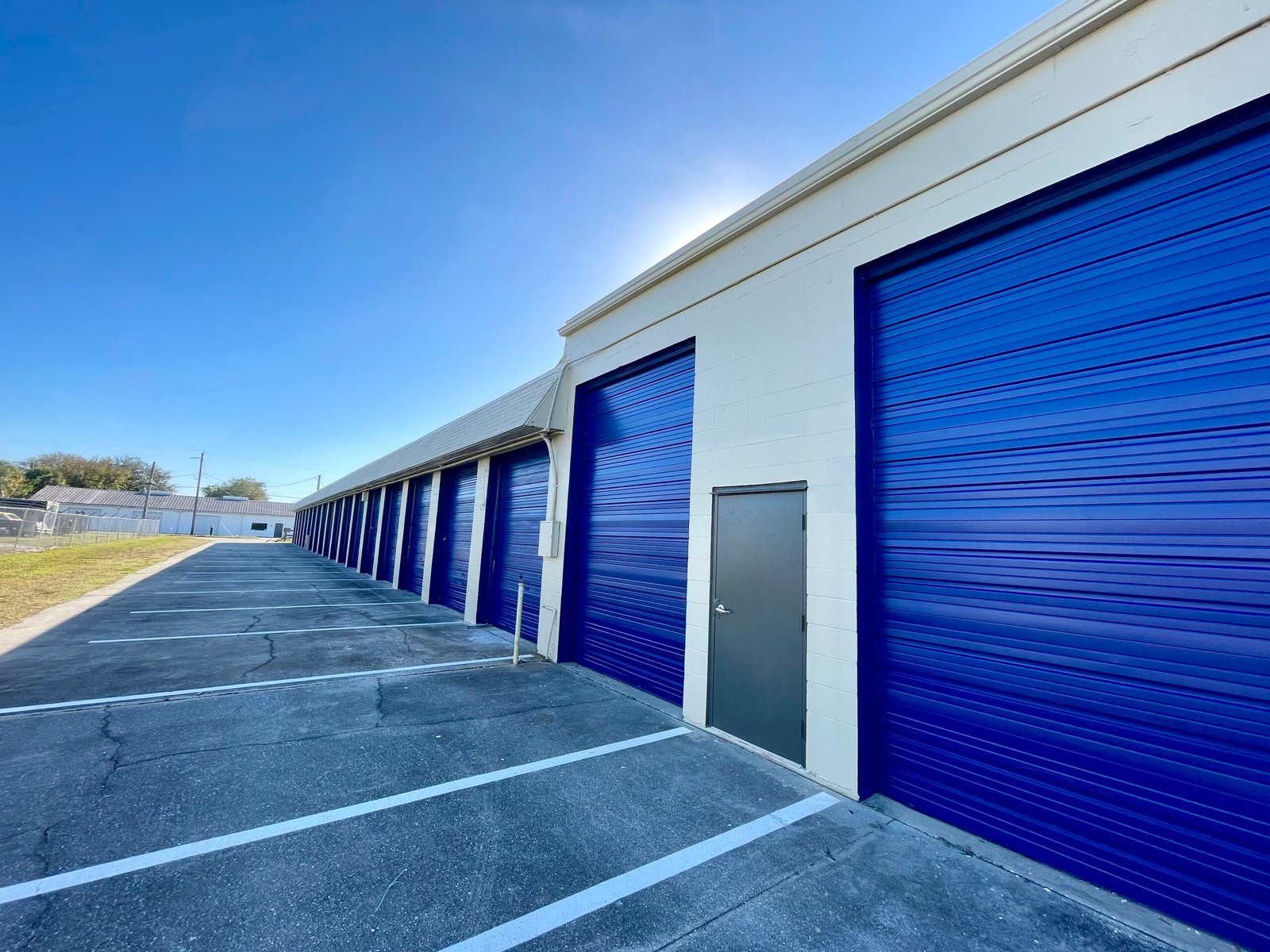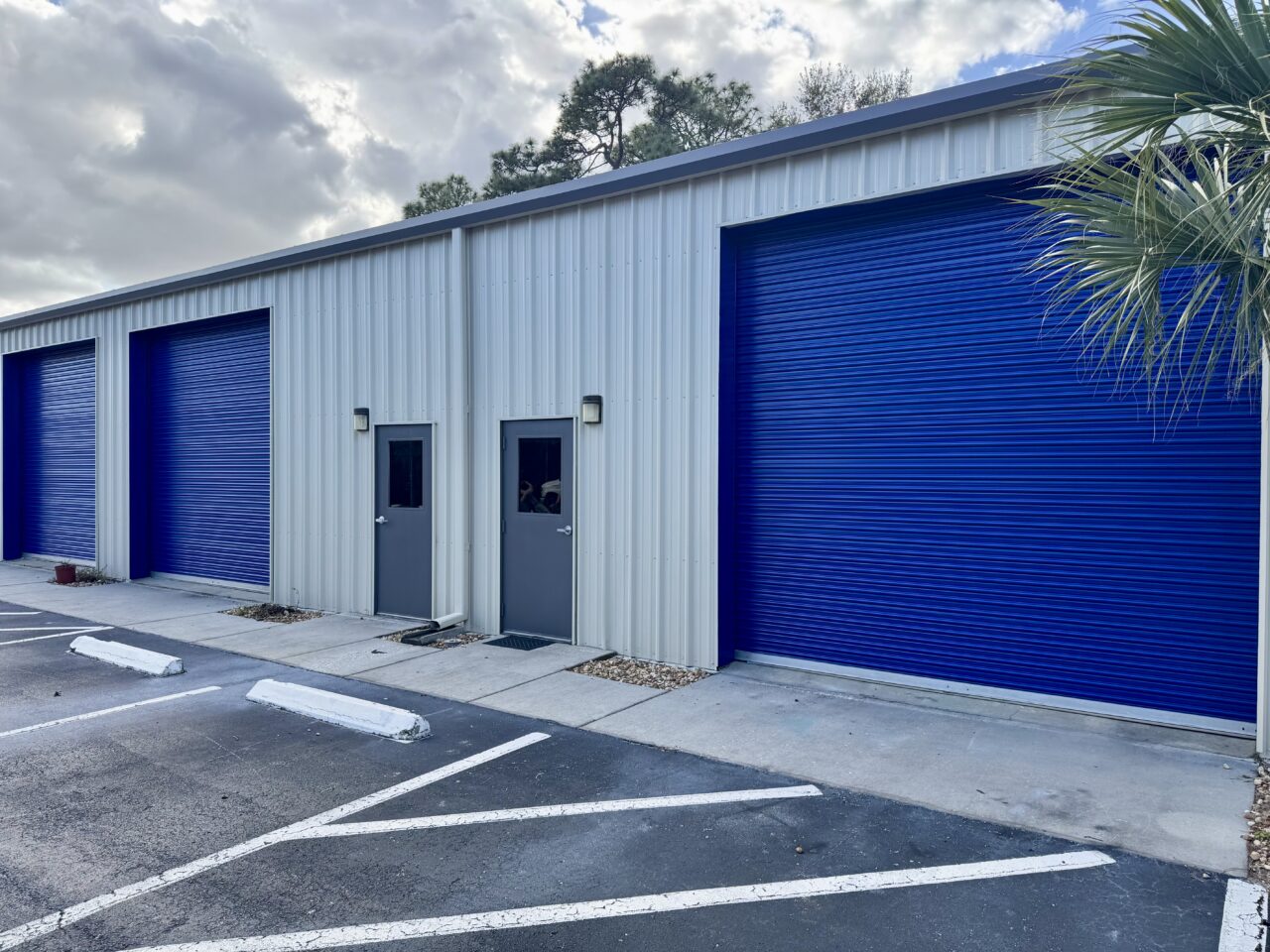In today’s competitive logistics landscape, warehouse layout optimization is key to reducing costs, improving efficiency, and scaling operations. Whether you’re managing a 10,000-square-foot facility or a sprawling distribution center, a well-planned layout can significantly impact your bottom line.
This comprehensive guide offers actionable tips, real-world insights, and free downloadable checklists to help warehouse tenants turn their space into a high-performance hub.
1. Assess Your Current Layout
Start with a detailed layout map. Use warehouse management systems (WMS) or design software like AutoCAD to create a digital version. Analyze floor space, ceiling height, dock placement, and obstructions like columns or support beams.
Action Steps:
- Conduct a cubic space audit (floor + vertical)
- Identify underutilized areas
- Photograph high-traffic and cluttered zones
2. Maximize Space Utilization
Techniques:
- Vertical Racking: Install taller shelving or mezzanines
- Narrow Aisles: Use high-reach forklifts to reduce aisle width
- Slotting Optimization: Store high-velocity SKUs in easily accessible zones
3. Streamline Workflow Efficiency
Design your warehouse for smooth movement from receiving to shipping. Consider adopting a U-shaped layout to prevent cross-traffic and confusion.
Zones to Define:
- Receiving
- Storage
- Picking & Packing
- Shipping
4. Choose the Right Storage Systems
Match your storage equipment with your inventory needs:
| Storage Type | Best For |
|---|---|
| Pallet Racking | Bulk, high-turn inventory |
| Carton Flow Racks | Small parts, fast picking |
| Cantilever Racks | Long items (pipes, lumber) |
| Mobile Shelving | Seasonal/slow-moving stock |
5. Manage Traffic Flow & Safety
Designate and mark lanes for forklifts and pedestrian movement. Use signage, mirrors, and floor tape to maintain order.
Safety Considerations:
- Separate heavy equipment from foot traffic
- Install barriers near high-impact zones
- Ensure emergency exits are accessible
6. Integrate Smart Technology
Use tech tools to drive smarter decisions:
- WMS for real-time inventory control
- RFID/barcodes for faster tracking
- Digital twins/simulations for layout testing
7. Plan for Scalability
Build flexibility into your layout:
- Use modular racking systems
- Designate flex zones for seasonal needs
- Leave room for automation upgrades
8. Monitor Metrics & Improve
Track KPIs to measure layout effectiveness:
- Pick rate (lines/hour)
- Storage density (cubic utilization)
- Order cycle time
- Dock-to-stock time
📅 Final Thoughts
Optimizing your warehouse layout is one of the highest-ROI activities a tenant can undertake. Whether you’re looking to boost throughput, lower costs, or prepare for automation, a thoughtful layout will position your business for long-term success.
